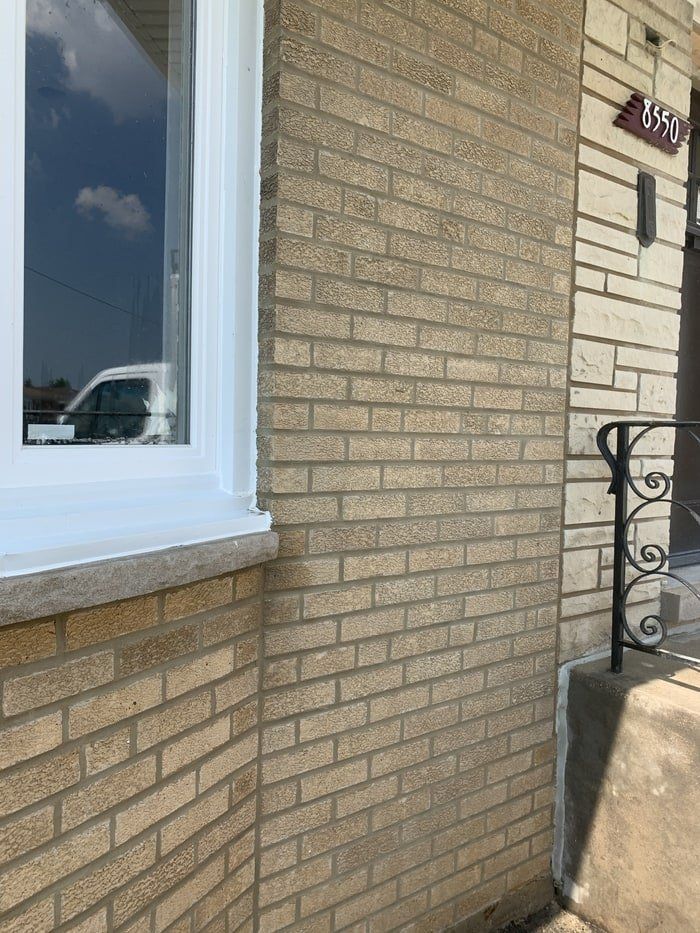How much does it cost to replace a lintel?
A lintel is a beam-like structure that is placed between the vertical supports of a window or a door. It is used to carry the weight of the wall above the opening and it prevents the structure from falling. Lintels are also used as a decorative piece of a house and building as they can add an effect of quaintness or grandeur depending on how it was designed and made.
Lintels can be made out of steel, timber, stone, brick, reinforced concrete, or reinforced brick. The materials you choose your lintel to be made of should fit your need and budget.
Before getting to the expense to replace one, we need to know the most common kinds of lintel, what causes lintel failure, when it is time to be replaced, and how much it will probably cost.
The most commonly used types of lintel are:
Steel Lintels
Steel lintels are most popularly used because of how easy they are to form and customize due to its flexibility and lightweight. They are usually used for bigger openings and heavier loads as it can take more pressure. Since it is made of impermeable material, it does not rust, or takes longer to rust in theory, and lasts longer especially when painted and is highly practical.
Stone Lintels
Even though stone lintels are dense and not recommended for structures with heavy vibratory loads due to its weak capability to withstand pressure, it is still one of the most common types of lintels because of the high availability of its material and how good it looks aesthetically. Like steel lintels, stones also have high protection against rust, however, it is more expensive.
What is lintel failure?
Lintel failure happens when there is damage and stress to the lintel causing it to start to crumble or break, resulting in it not being able to do its function properly.
What causes lintel failure?
The most common causes of lintel failure are:
1. Corrosion
Lintels that are made of steel and stone likely fail due to the constant exposure to stress, water, and acidic environments.
2. Structural movement and natural deterioration
Expansion, contraction, swaying, and other types of movements are unavoidable and natural. However, it can cause parts of a building to be dispositioned and shift ever so slightly we oftentimes do not notice.
3. Moisture
Water is one of the worst enemies of structures. It can take different forms such as rain or floods. Frequent exposure to water and its properties can cause corrosion to the material of lintels and will eventually weaken its physical build.
When should I replace my lintel?
If you notice the following indicators on your lintel such as:
- Mortar cracks
These cracks can be easily seen and can form a stair step-like appearance. They can be either horizontal or vertical depending on your build.
- Thinning of material
Lintels can thin out due to rust “eating” the metal.
- Crumbling of masonry
Cracks and crumbling of the area around the lintel can mean that the lintel is under high pressure and can no longer support the weight much longer.
It is time to have your lintel replaced as soon as possible. If you don’t replace your lintel immediately, it can lead to more significant damages that will be more expensive to fix and repair.
How much does it cost to replace a lintel?
The actual cost of a lintel replacement will vary and depend on the materials you use and the labor for your mason. For a more accurate computation, an expert’s knowledge is needed.
In case you need a reference, a steel lintel on its own ranges from $25 to $310 per piece from a building materials supplier. There are different factors in order to compute for a lintel replacement, such as
1. Labor and manpower
Labor rates will differ and be based on a variety of factors such as the current season you will have your lintel replaced, the accessibility, and the safety of the area.
2. The state of the walls
The contractors will inspect the walls around your lintel to see what kind it is, if it is easy to remove or reach your lintel, and if there are serious cracks that will need more advanced repairs.
3. The state of window or door
The current condition of your windows or doors will be taken into account by the contractors. This may make the cost of the replacement cheaper or more expensive depending on their assessment.
4. The condition of your lintel
The replacement fees will also depend on your lintel’s current condition. If it is falling apart, very difficult to remove or detach, and too damaged, it is reasonable to be charged higher by your contractor as it will require more manpower to replace and can even be a risk to their safety.
After you have taken all of these factors into account, you can request for a quoted price of a lintel on its own (without the extra charges to inspect, install, obtaining permits, and other materials) or a complete consultation with pricing on your chosen mason contractor’s website near you area.



